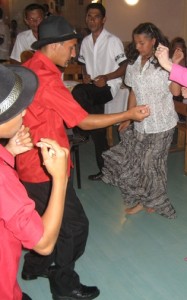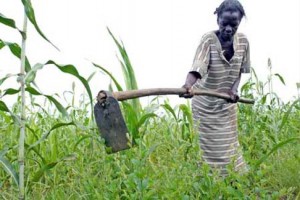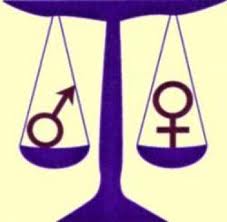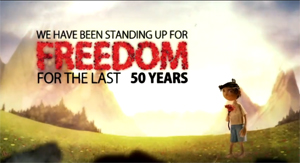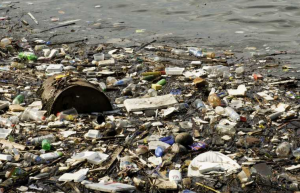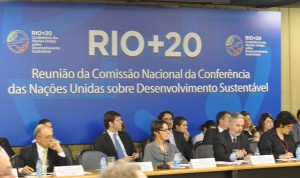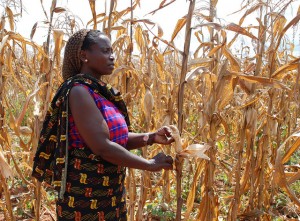Almost everyone these days has been talking about the viral video, “Kony 2012.” The video is an attempt by the organization, Invisible Children, to bring awareness to Joseph Kony and his group LRA. Kony, a Ugandan leader of the LRA, kidnaps young children, and turns them into child soldiers. There is no denying the fact that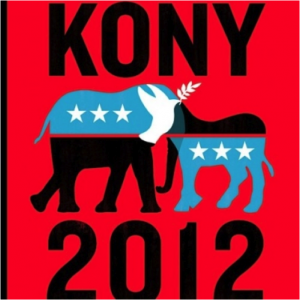 Kony and the LRA have committed horrifying atrocities, and that he must be stopped by the international community. However, it is important to understand how Invisible Children works, and what the organization is actually trying to accomplish. Furthermore, due to the fact that many people do not know about Kony, the organization has gotten away with manipulating facts and information.
Kony and the LRA have committed horrifying atrocities, and that he must be stopped by the international community. However, it is important to understand how Invisible Children works, and what the organization is actually trying to accomplish. Furthermore, due to the fact that many people do not know about Kony, the organization has gotten away with manipulating facts and information.
Many people wonder why it is important to know how an organization works or what exactly it is they are supporting. The reason is plain and simple. People think they are supporting a cause that directly aids people in Uganda, and they think they are supporting the best option in the world. In the case of Invisible Children, I have spoken to numerous young people who think the group is an aid based organization that spends all its money on directly assisting children in Uganda. However, the fact of the matter is that Invisible Children is not the organization that everyone is making it out to be. Jedidah Jenkins, a member of Invisible Children, has already explained that “the truth of about Invisible Children is that we are not an aid organization, and we don’t intend to be. I think people think we’re over there delivering shoes or food. But we are an advocacy and awareness organization.” Thus, it is obvious that Invisible Children is not trying to be an aid organization, and people have made the mistake of labeling it as such. Of course, Invisible Children did not state this fact outright when its viral video came out, but nevertheless the facts are finally out.
Another criticism against Invisible Children is the fact that the organization supports the Ugandan army, UPDF, and military intervention in order to put down the LRA. The UPDF has been known to commit its own atrocities, and is affiliated with the current Museveni government. Museveni’s government has been criticized for working against human rights, intimidating political opponents, and has also been accused for squandering money as well as being corrupt. Another issue that has been brought up against military intervention is the fact that in 2008 the United States, working with the UPDF and the Congolese army, started Operation Lightening Thunder to capture Kony. Unfortunately, the operation failed, and the LRA targeted hundreds of villages where it killed thousands of people, and displaced even more. Though Invisible Children says military intervention and the UPDF are the best options to combat LRA, there are clearly issues with both the army’s connections to the Ugandan government and the fact that failed military interventions tend to empower the LRA.
There is no question that Kony and the LRA are horrible, and have committed appalling crimes against humanity. Invisible Children has succeeded in spreading awareness regarding Kony’s crimes, but it is time to promote sustainable and positive action in the region. There are a plethora of local organizations like Human Rights Focus and Voix des Sans-Voix which work towards defending the rights of the Ugandan as well as Congolese people. Both of these organizations have outlined ways to raise awareness while empowering the locals in order to help them defend their rights. Invisible Children has definitely spread awareness through the United States, but it is important to know what exactly we are supporting when we talk about the organization. Do you support military intervention or do you want to find another option? Do you want to spend money on just awareness building or on aid as well? All of these questions and concerns are important to take in when supporting an organization.




